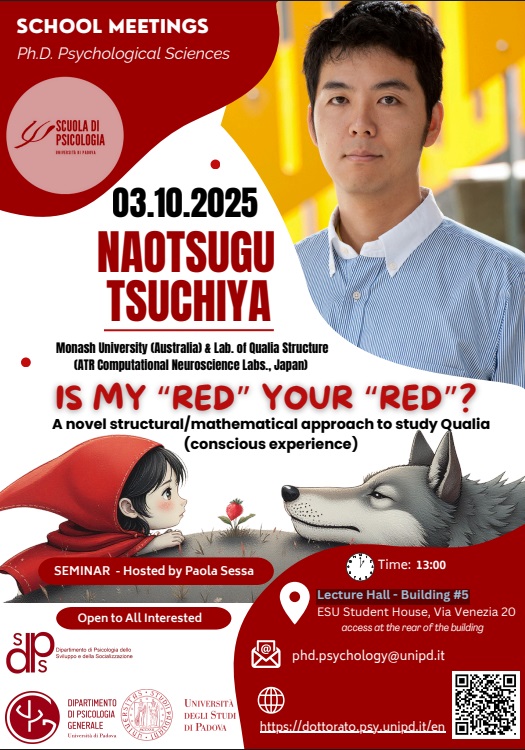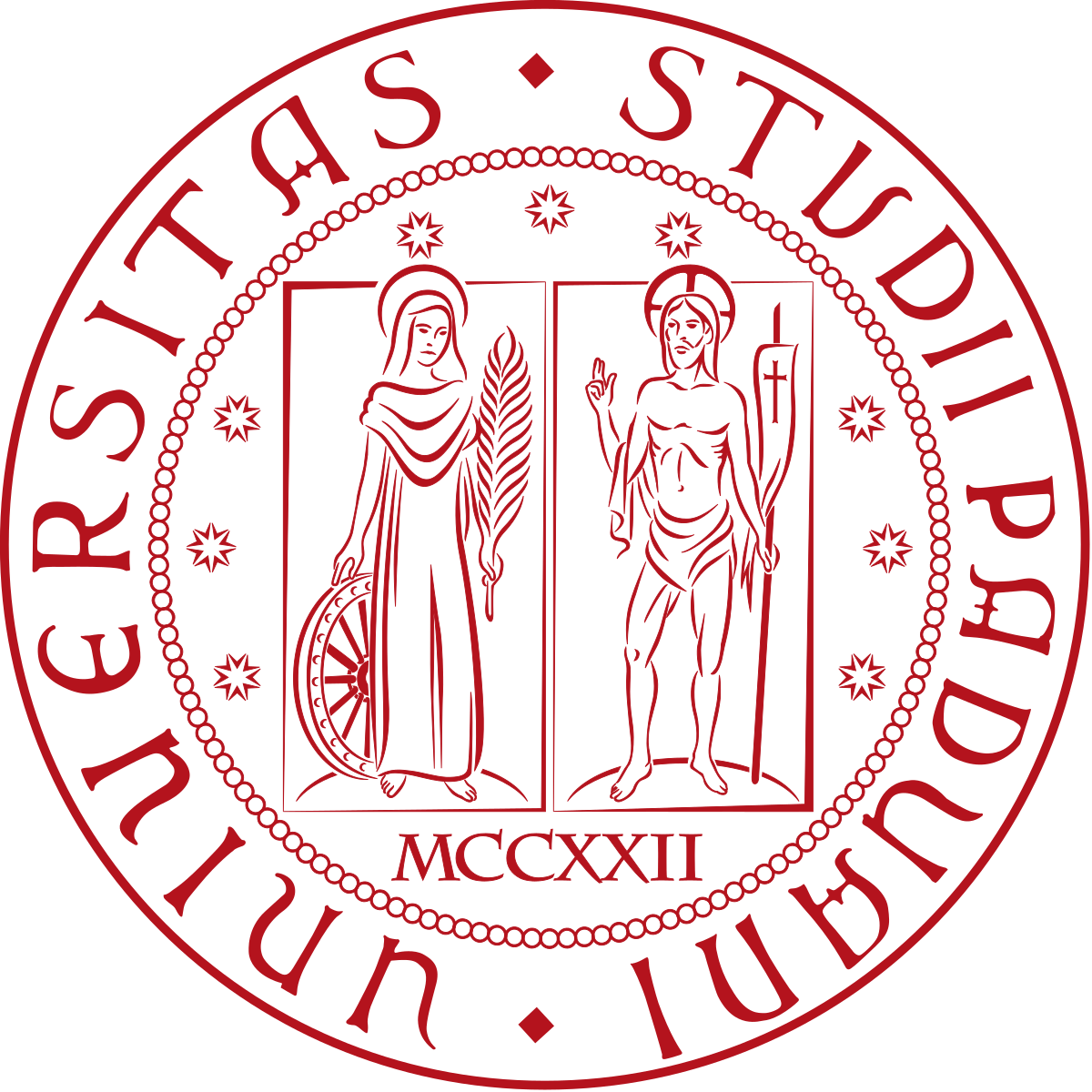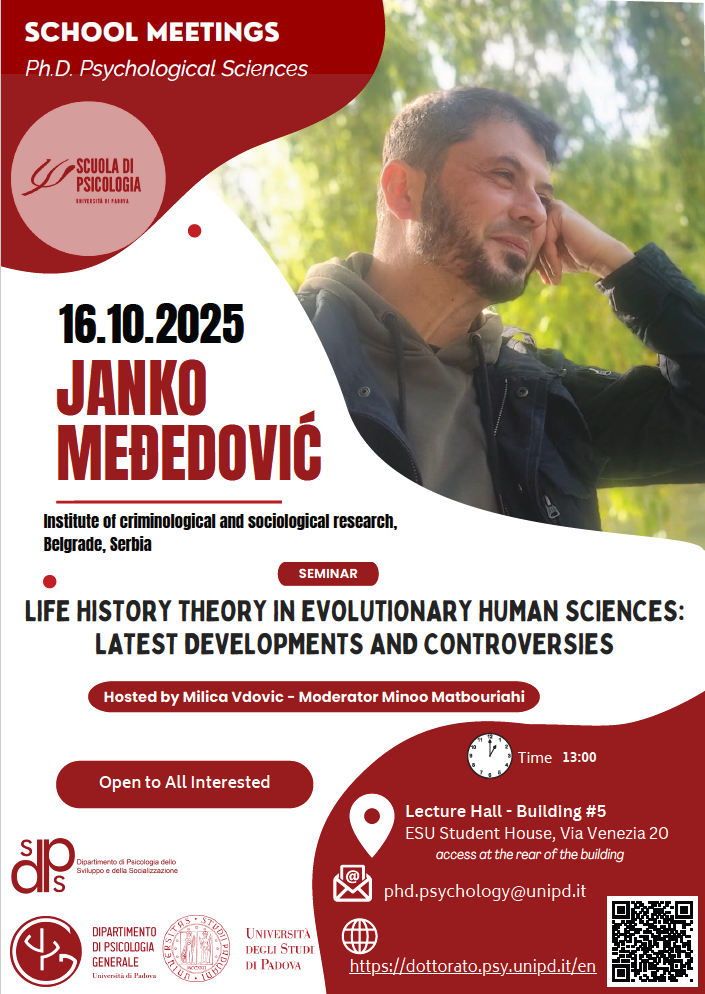Life history theory represents one of the most important conceptual frameworks in evolutionary biology, and its role is potentially even more prominent in the evolutionary social sciences. This theory attempts to explain the differences between and within species in fertility, longevity and parental investment via the characteristics of the individuals (somatic, physiological, and behavioral) and characteristics of the environment in which they live. In this talk, we will discuss about the basic phenomena and processes that lead to the emergence of life histories: fitness optimization, evolutionary tradeoffs and environmental factors that affect adaptiveness of behavior. We will discuss evolution of life history trajectories via various developmental events like growth rates, puberty timing (e.g. age at first menarche), mating patterns (short-term and long-term romantic bonding), age of first and last reproduction, number of offspring, parental investment and ultimately longevity. We will describe the so-called "fast-slow" continuum that should explain covariations between life history indicators in the context of local ecological variation. The most prominent conceptual extension of life history, the pace-of-life syndrome (POLS) which explains coevolution of behavior, physiology, and life history traits will be presented as well. We will discuss the empirical findings including those that are consistent but also in opposition to the theory, describing the most important criticisms of life history theory in general: measuring life history in evolutionary psychology, problematic validity of continuum, and transferring hypotheses from inter-populational to inter-individual level. The aim of the talk is to show how life history theory, but also human behavioral ecology in general, can help us in gaining more comprehensive and in-depth insight into human, behavior, formulate new hypotheses about adaptive outcomes of behavior and reflect about potential future behavioral evolution. Furthermore, this exciting and intriguing area of research is based on a multidisciplinary approach and thus helps psychologists to connect with colleagues who conduct research in evolutionary biology, anthropology, demography and sociology: in this way we can obtain more complete, and therefore more valid explanations of intra - and inter-population variations in behavior.




